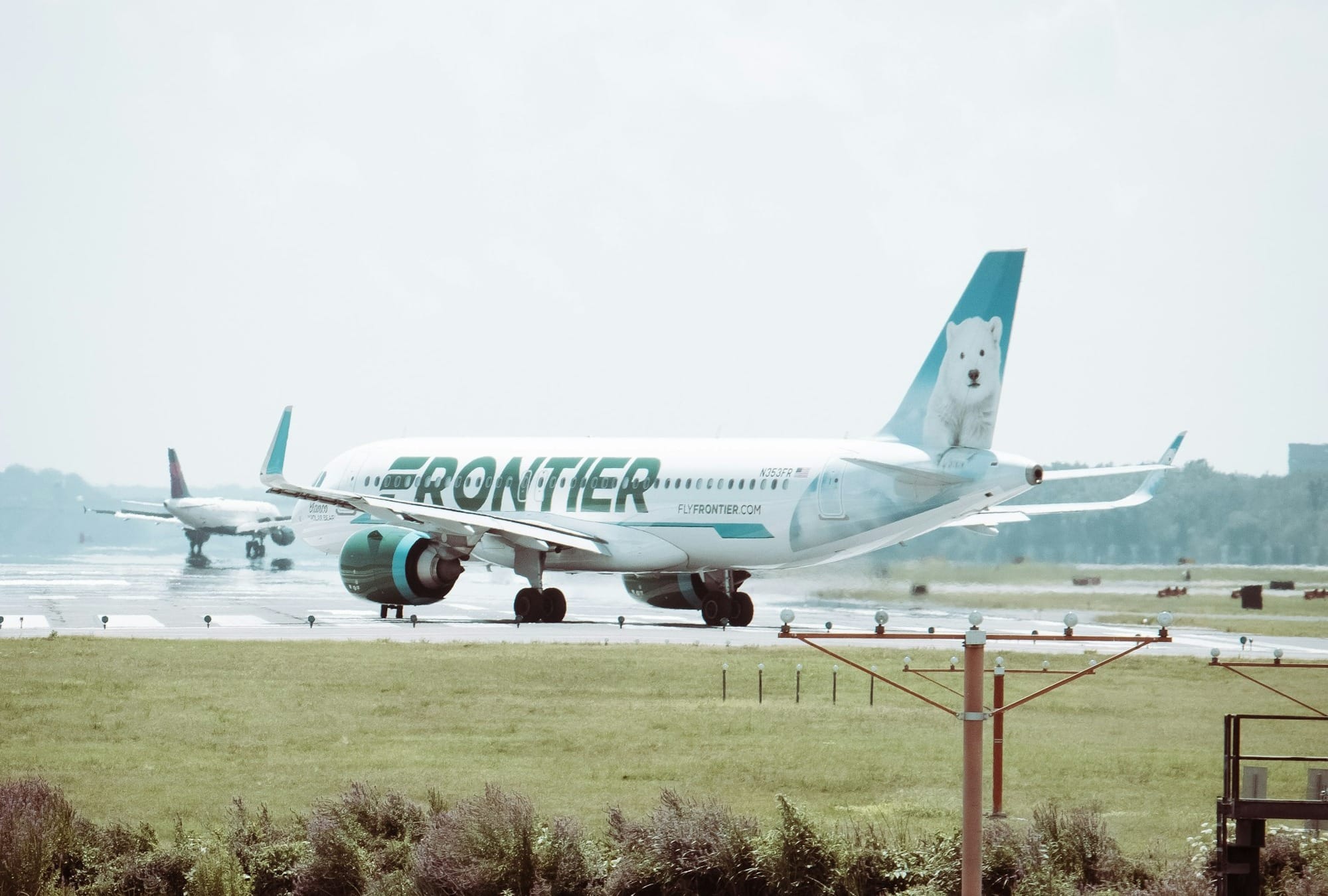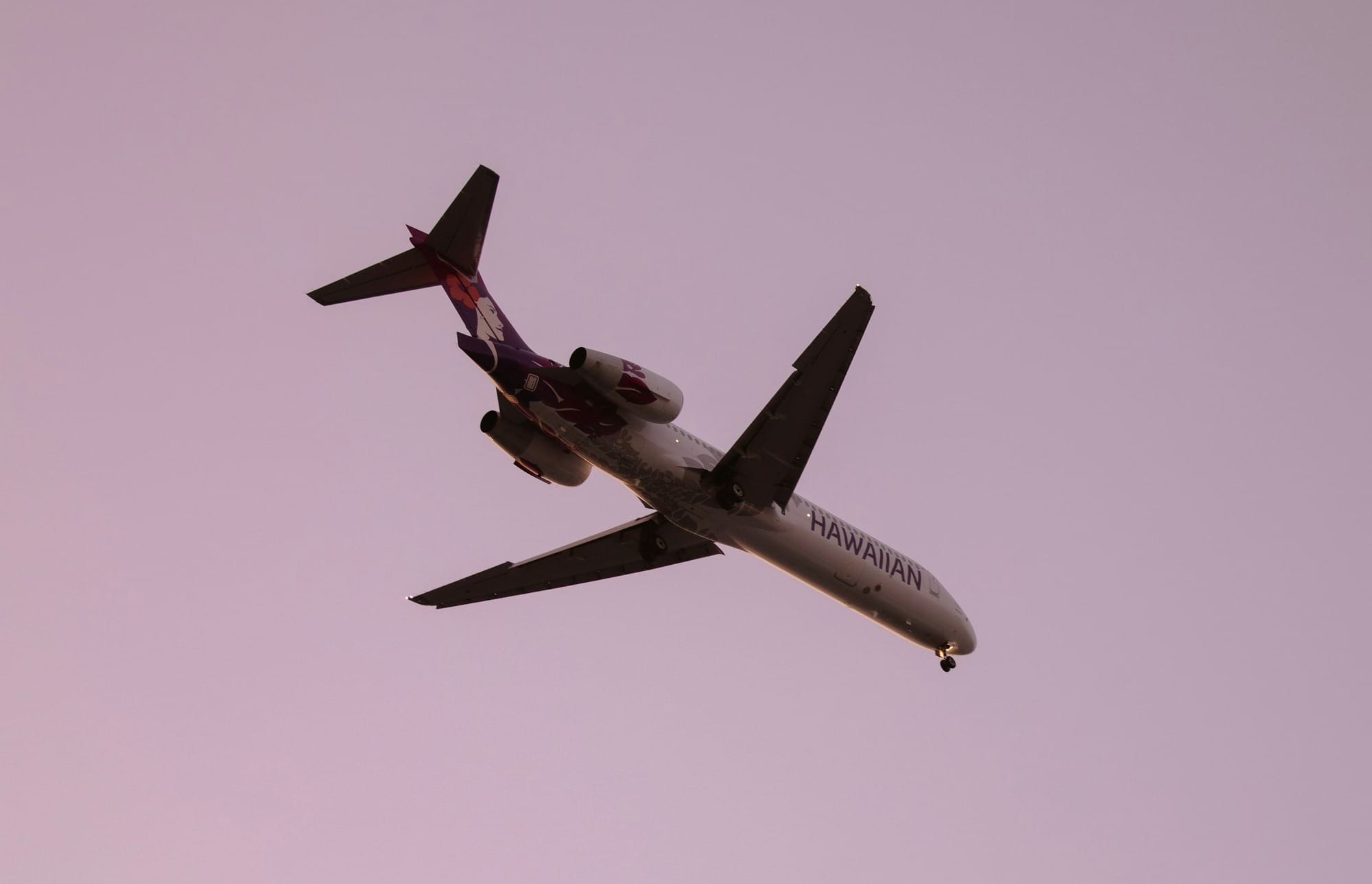100% Sustainable Aviation Fuel (SAF) Flights: A Milestone for Major Airlines
The aviation industry has long been scrutinized for its environmental impact, primarily due to its substantial carbon emissions. In response, the concept of Sustainable Aviation Fuel (SAF) has emerged as a beacon of hope.


100% Sustainable Aviation Fuel (SAF) Flights: A Milestone for Major Airlines
Key Takeaways:
- Major airlines like Emirates and Virgin Atlantic have successfully conducted flights using 100% Sustainable Aviation Fuel (SAF), marking a significant milestone in the aviation industry's journey towards sustainability.
- SAF is a cleaner-burning fuel made from sustainable resources, which can significantly reduce aviation's carbon footprint.
- The adoption of SAF by airlines is a critical step in achieving the aviation industry's ambitious carbon neutrality goals by 2050.
The Emergence of Sustainable Aviation Fuel (SAF)
The aviation industry has long been scrutinized for its environmental impact, primarily due to its substantial carbon emissions. In response, the concept of Sustainable Aviation Fuel (SAF) has emerged as a beacon of hope. SAF is a biofuel alternative to conventional jet fuel that is produced from sustainable resources such as waste oils, agricultural residues, and non-fossil CO2. Unlike traditional jet fuel, SAF can reduce greenhouse gas emissions by up to 80% over its lifecycle.
The development of SAF is a testament to the industry's commitment to reducing its carbon footprint. It represents a significant technological advancement, with the potential to transform the way we fly. As airlines strive to meet global climate targets, the integration of SAF into their fuel mix is becoming increasingly important.
Major Airlines Adopting SAF
In a landmark move for the industry, major airlines have begun to integrate SAF into their operations. Emirates and Virgin Atlantic are among the pioneers, having successfully completed demonstration flights powered entirely by SAF. These flights serve as a proof of concept, showcasing the viability of SAF as a replacement for conventional jet fuel.
The successful flights by Emirates and Virgin Atlantic are just the beginning. Other airlines are also exploring the use of SAF, with some already incorporating it on a smaller scale. The adoption of SAF by these industry leaders sends a powerful message about the future of sustainable air travel and sets a precedent for others to follow.
Advertising
The Science Behind SAF
SAF is not a single type of fuel but encompasses a range of biofuel blends that meet stringent sustainability criteria. The production process involves converting biomass or waste resources into liquid fuels that can be used in aircraft engines. The most common pathways for SAF production include the Fischer-Tropsch process, Hydroprocessed Esters and Fatty Acids (HEFA), and the Alcohol-to-Jet (ATJ) method.
Each production pathway has its own set of advantages and challenges, but all aim to create a high-quality fuel that can seamlessly replace conventional jet fuel. The compatibility of SAF with existing aircraft and infrastructure is crucial, as it allows for immediate implementation without the need for significant modifications.
The Environmental Impact of SAF
The environmental benefits of SAF are clear. By using waste and residues as feedstock, SAF reduces the reliance on fossil fuels and helps to lower the lifecycle carbon emissions associated with air travel. The potential reduction in greenhouse gas emissions is a game-changer for the aviation industry, which is under increasing pressure to demonstrate its commitment to sustainability.
Moreover, SAF can contribute to improved air quality around airports and reduce the noise levels associated with takeoffs and landings. These additional environmental benefits further strengthen the case for the widespread adoption of SAF in the aviation sector.

Advertising
Economic Considerations of SAF
While the environmental advantages of SAF are compelling, economic factors play a critical role in its adoption. Currently, SAF is more expensive to produce than conventional jet fuel, which can be a barrier for airlines operating on thin profit margins. However, as technology advances and production scales up, the cost of SAF is expected to decrease.
Governments and industry stakeholders are exploring various incentives and policies to support the development and uptake of SAF. These measures are essential to bridge the cost gap and make SAF a viable option for more airlines.
Challenges and Solutions in SAF Production
Scaling up SAF production to meet the aviation industry's fuel demand presents several challenges. The availability of sustainable feedstock is limited, and there is competition with other industries for these resources. Additionally, the current production capacity for SAF is a fraction of what is needed to make a significant impact on the industry's overall emissions.
To address these challenges, investment in research and development is crucial. Innovations in feedstock sourcing, production methods, and supply chain logistics can increase the availability and reduce the cost of SAF. Collaboration across the industry and with governments will be key to overcoming these obstacles.

Regulatory Framework and SAF
The regulatory landscape for SAF is evolving as the fuel gains prominence. International standards have been established to ensure that SAF meets the same safety and performance criteria as conventional jet fuel. These standards also include sustainability requirements to guarantee that the production of SAF does not negatively impact food security or biodiversity.
Regulators are also considering mechanisms to encourage the use of SAF, such as carbon pricing or blending mandates. These policies can help to level the playing field between SAF and fossil-based jet fuel, accelerating the transition to more sustainable aviation practices.
The Role of Technology in Advancing SAF
Technological advancements are at the heart of the progress being made in the SAF sector. Cutting-edge research is leading to more efficient production processes and the discovery of new feedstock options. Innovations in biotechnology, chemical engineering, and process optimization are all contributing to the advancement of SAF.
The integration of technology also extends to the supply chain and logistics of SAF. Digital tools and data analytics are being used to streamline the distribution of SAF and ensure its availability where it is needed most.

Advertising
The Future of SAF in Aviation
The future of SAF in aviation looks promising, with the potential to significantly reduce the industry's environmental impact. As more airlines commit to incorporating SAF into their fuel mix, the demand for the fuel is expected to grow. This increased demand will drive further innovation and investment in the sector, creating a virtuous cycle of improvement and adoption.
The vision of a fully sustainable aviation industry is still on the horizon, but the successful flights by Emirates, Virgin Atlantic, and others are important milestones on the journey. With continued collaboration and commitment, the widespread use of SAF can become a reality.
Summary
Sustainable Aviation Fuel (SAF) represents a major leap forward in the aviation industry's efforts to combat climate change. With successful demo flights by Emirates and Virgin Atlantic using 100% SAF, the potential for a greener future in the skies is more tangible than ever. SAF offers significant environmental benefits, including the potential to reduce lifecycle carbon emissions by up to 80%. However, economic and production challenges remain, requiring concerted efforts from airlines, governments, and industry stakeholders to overcome. The future of aviation lies in sustainable practices, and SAF is a critical component of this transformation.
Advertising



